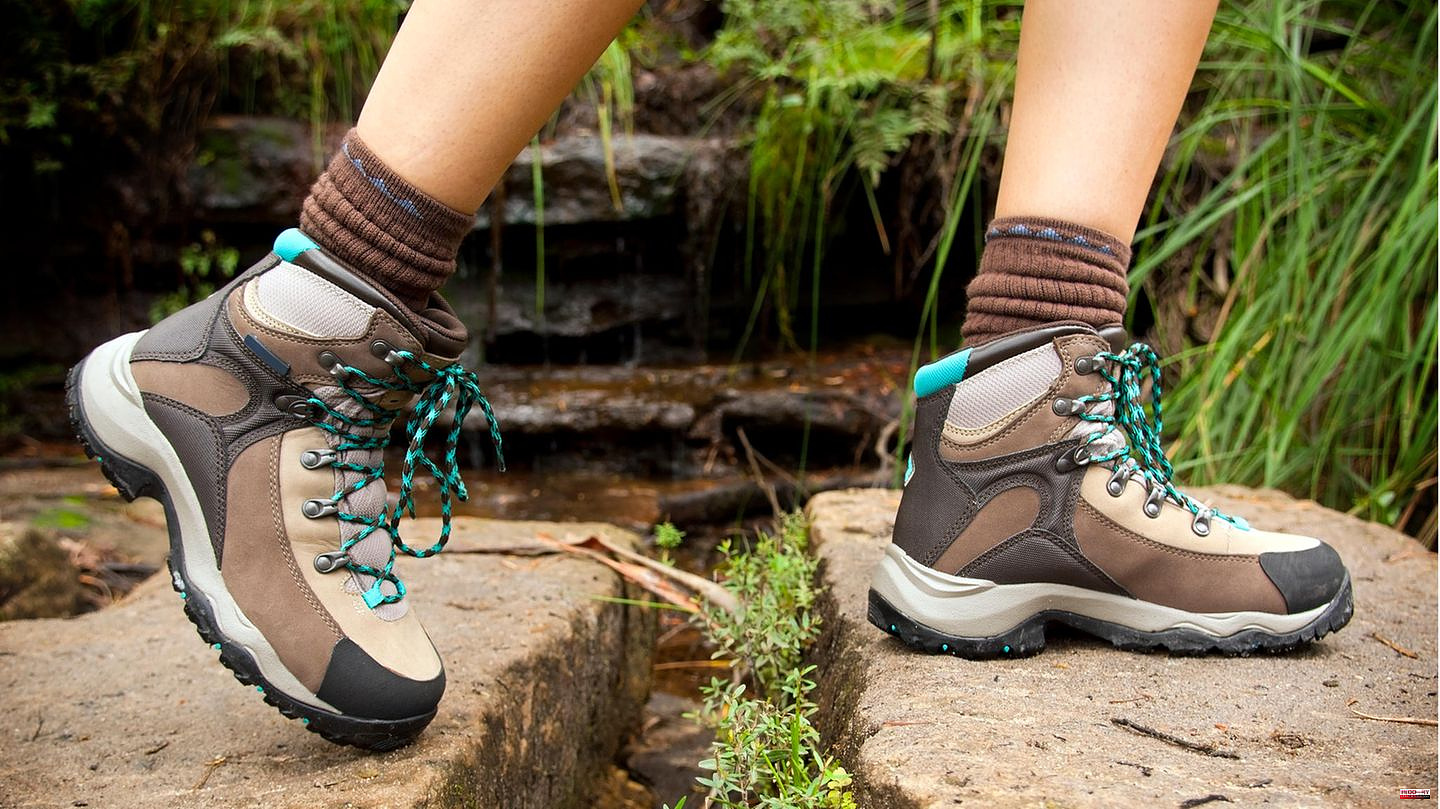The use of leather is controversial in many ways: on the one hand, production is often associated with great animal suffering, and on the other hand, very large amounts of water are used for production and (sometimes toxic) chemicals are used - which in turn is bad for the environment. There is also vegetable-tanned organic leather, but due to its natural processing it is unsealed, open-pored and therefore also sensitive to water. This makes it less suitable for making weatherproof hiking boots. The question arises as to which vegan alternatives can be used for outdoor activities? Below we will introduce you to five brands that have suitable outdoor models in their range that do not contain any animal materials.
By avoiding leather, vegan shoes are not automatically better for the environment, as petroleum is often used in the production of synthetic plastics. For this reason, it is better to rely on brands that use recycled materials. This results in less plastic waste. In addition, resources are conserved. Below we introduce you to five brands that produce vegan hiking shoes.
The German family company is known for producing outdoor products. What many people don't (yet) know: Vaude now also offers vegan hiking boots in its range, such as the mid-height model "Lavik Eco STX". According to the manufacturer, the outdoor shoes are suitable for hiking and mountain tours because they are breathable, waterproof and windproof at the same time. To protect your feet from dirt and sharp stones during a tour, there are reinforced caps in the toe and heel areas. The vegan hiking shoes are made from the following materials:
The vegan hiking shoe “Hiking Boot Pine” by Ekn Footwear is made by hand in a certified factory in Portugal. Artificial leather made from recycled PET bottles is used for production, while the outer materials are made from waxed organic cotton and recycled rubber - and these also come from our own region (if possible). However, the model with an alpine character is only water-repellent and not waterproof. In other words, the shoes can withstand a short rain shower, but your feet won't be permanently dry during longer periods of rain. The Vibram sole should still be extremely robust and durable.
The German shoe manufacturer Doghammer offers sustainable hiking shoes for sale - such as the "Guide Pro Vegan Madl flower" model, whose Vibram sole contains rubber and recycled cork components - as well as the insole, which contains the pollutant-free plastic alternative to PVC: Ethylene vinyl acetate (EVA for short). According to the manufacturer, this is not only odorless, but can also be easily removed and replaced with a new or different sole. The ankle-high shoes are waterproof and therefore an ideal companion for long hikes.
The shoes from Topo Athletic are also suitable for hiking: whether “Trailventure 2 WP” or “Ultraventure Pro” – all models have one thing in common: they do not contain any animal materials. Instead, the brand relies on rubber and synthetics for its vegan hiking shoes. Depending on which model you are interested in, you should pay attention to whether the kicks are waterproof. Because not every edition has this property. What they all have in common, however, is that Topo Athletic pays attention to a high level of comfort, a secure midfoot area and a low heel drop when running in all of its shoes.
The vegan hiking shoes "Ultima 8.0 SZ WP" by Magnum are made from 100 percent recycled plastic bottles. This makes it a sustainably produced model that is waterproof despite its breathable membrane. Thanks to the YKK side zipper, it should be easy to put on and take off. Other benefits of this brand include the durable outsole (with EVA midsole) and an antibacterial insole. Due to their properties, the high hiking boots are particularly suitable for cold autumn and winter days, but can also be used in spring.
Sources: PETA, Utopia
This article contains so-called affiliate links. Further information are available here.












